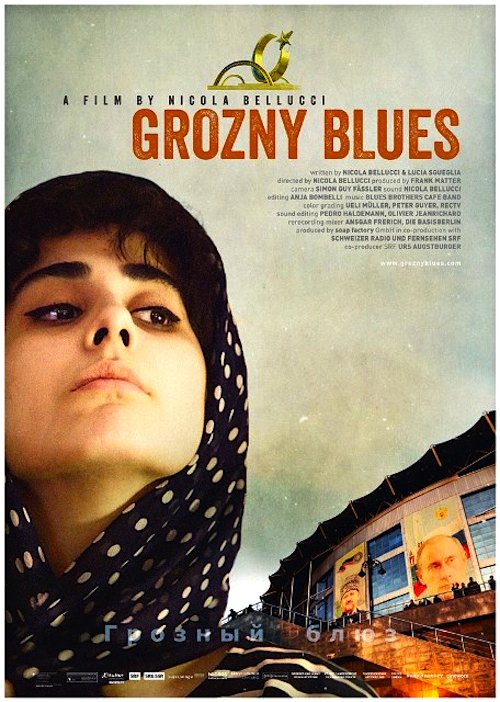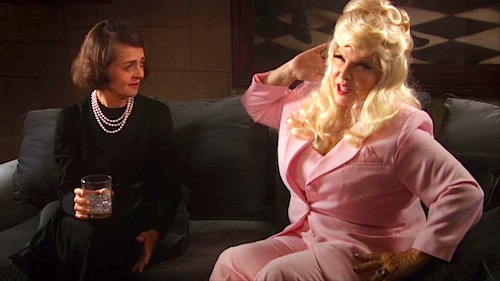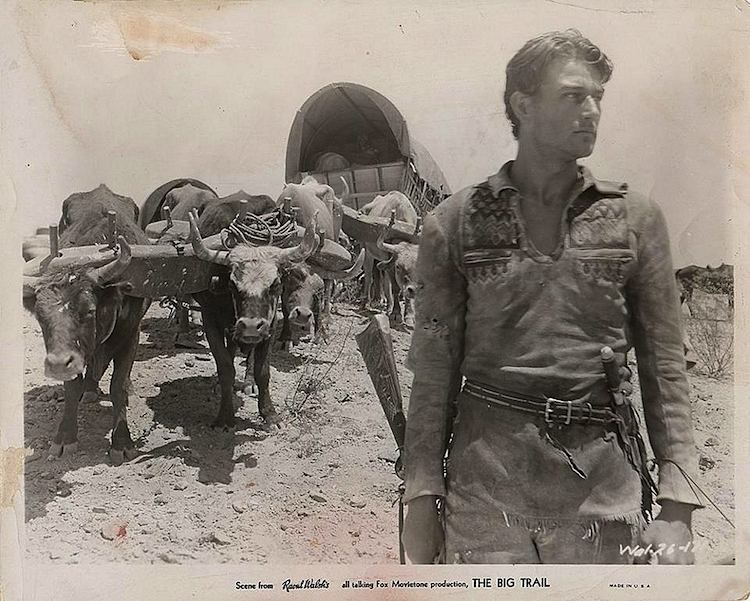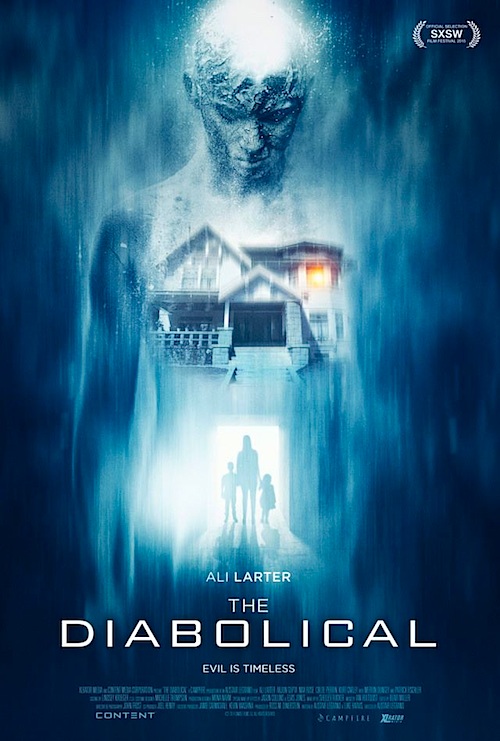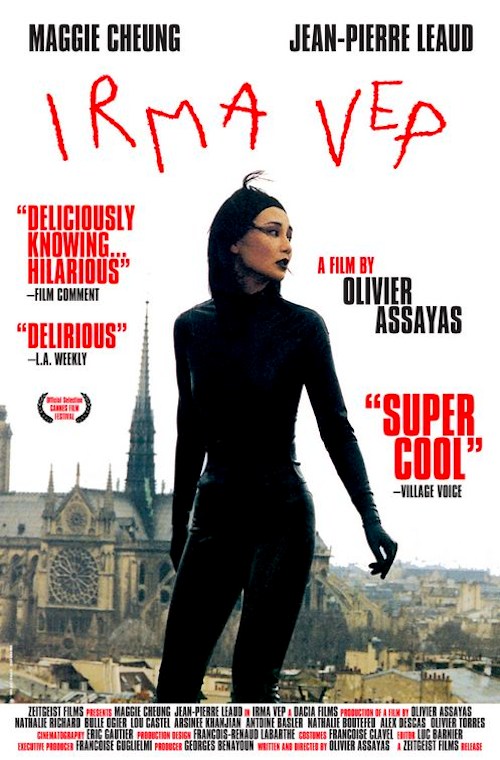 By Joe Bendel. She was the Catwoman of 1915 Paris. She was the leader of Les Vampires, which had nothing to do with the undead. Instead, they were a band of Parisian Apaches, who were completely unrelated to Native Americans. Credited with single-handedly launching thrillers as a cinematic genre, Louis Feuillade’s character and Musidora, the actress who played her, remain icons a century later. It takes guts to do her jumpsuit, but some have tried. The original Gaumont serial and subsequent films it inspired will screen as part of a mini tribute to Irma Vep and Musidora this week at Anthology Film Archives.
By Joe Bendel. She was the Catwoman of 1915 Paris. She was the leader of Les Vampires, which had nothing to do with the undead. Instead, they were a band of Parisian Apaches, who were completely unrelated to Native Americans. Credited with single-handedly launching thrillers as a cinematic genre, Louis Feuillade’s character and Musidora, the actress who played her, remain icons a century later. It takes guts to do her jumpsuit, but some have tried. The original Gaumont serial and subsequent films it inspired will screen as part of a mini tribute to Irma Vep and Musidora this week at Anthology Film Archives.
In contrast to the silent film programmed, series curator Michelle Handelman’s own short film Irma Vep, the Last Breath feels very installational. Starring transgender performance artist Zackary Drucker, Handelman literally puts Vep on the couch for a session of psychoanalysis that really holds a mirror up to the audience and our fascination with Vep’s fetish trappings. It should find an appreciative avant-garde audience when it screens this Thursday (10/22) at AFA—and you know who you are.
Not just anyone can slip into the catsuit and become Irma Vep, but Hong Kong action superstar Maggie Cheung is an icon in her own right. Casting her takes liberties with the character’s nationality, but it still makes sense. At least, that is what the past-his-prime auteur of Olivier Assayas’s late 1990s meta-riff thinks and it still makes perfect sense today. Fortunately Assayas was able to get Maggie Cheung to play Maggie Cheung playing Irma Vep in the 1997 Irma Vep, which also streams on Fandor.
Thanks to cats like Tarantino, the West has just started embracing the films of John Woo and Johnnie To. Cheung is suddenly getting offers from around the world, including Rene Vidal’s ill-conceived comeback project, a remake of Les Vampires. Since Cheung speaks English, but not French, communication with be difficult. The under-funded production is in such a constant state of bedlam, Cheung has largely been palmed off on Zoe, the stressed out lesbian wardrobe specialist. One look at Cheung in costume and she falls for her hard. It is hard to blame her. In fact, Cheung herself seems to be falling under the influence of her character, or at least she gets a little methody slinking about the corridors and fire escapes of her hotel.
In addition to Les Vampires, Irma Vep openly engages in dialogue with Truffaut’s Day for Night, with Cheung serving as an analogue for Jacqueline Bisset, while also slyly commenting on her own action image of the era. Most fittingly, Jean-Pierre Léaud provides an apostolic link between the films. While he is unexpectedly restrained as the arrogant but anti-social Vidal, this still might be the funniest performance of his storied career.
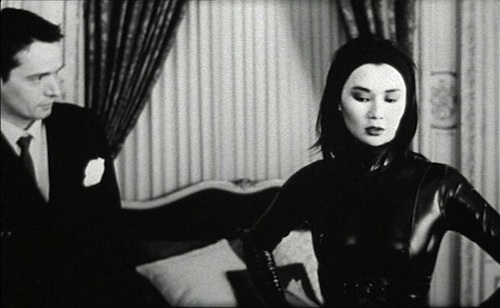
However, Maggie Cheung is the uncontested star of the film, truly making the legendary role and outfit her own. Even in a secondary language, her presence shines through. She is smart and forceful, but also somewhat shy and hesitant, as one would expect from a famous stranger in a strange hipster land.
Cheung and Assayas would marry in 1998, divorce in 2001, and make the film Clean in 2004, so Irma Vep would clearly be the start of a significant relationship. It is also a heck of a star turn for Cheung. Along with Stanley Kwan’s Center Stage, it helped position Cheung as a serious screen thesp, beyond a mere action star. Although its grungy edges are a bit distracting at times, there is a freshness and vitality to it that still stands up. Recommended for fans of films about films, Irma Vep screens this Friday (10/23) as part of the Vep-Musidora retrospective at Anthology Film Archives.
LFM GRADE: B+
Posted on October 21st, 2015 at 10:55pm.
